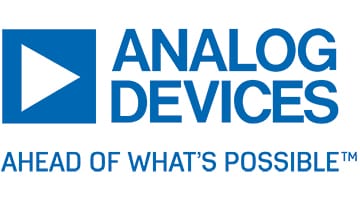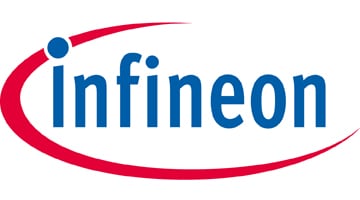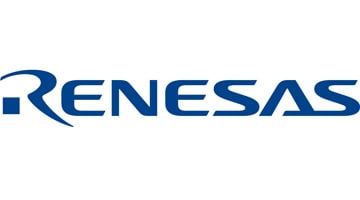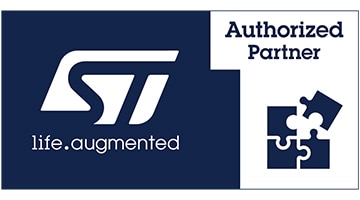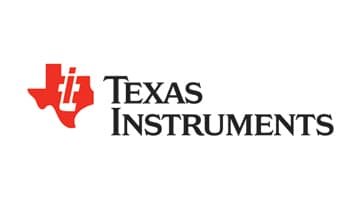Overview
| Topology | Buck Converter |
| Input voltage | 3.3-36 V |
| Switching frequency | 380-470 kHz |
| Output 1 | 6.05 V / 20 A |
| IC revision | 2339A |
Description
Demonstration circuit 2339A is a high current synchronous step-down LED driver featuring the LT®3744. The unique drive stage used on the LT3744 allows the anodes of three LEDs to be connected together for better heat sinking. This connection will work in both the step-down configuration and the inverting buck-boost configuration. The pros and cons of each configuration can be found in the data sheet. This demonstration circuit 2339A is for customers to test the step-down configuration only. The inverting buck-boost configuration is shown in a separate demonstration circuit.The input of the demo board is up to 36V. The components are optimized for the efficiency, thermal and PWM dimming for a 12V input. Each of the three outputs is up to 5V, 20A with a 6.05V maximum output voltage limit. The PWM1, PWM2 and PWM3 pins are set to low by default. A DC or PWM signal is required to connect to at least one of the PWM pins to enable the circuit. At any giving time, output current only passes through one LED determined by settings of PWM pins.The CTRL1, CTRL2 and CTRL3 pins can be adjusted to provide accurate analog dimming down to 20:1 ratio.The minimal input voltage for the LT3744 to operate is 3.3V. However, to maintain the output current regulation in a step down regulator, the minimum input voltage is determined by the LED voltage and the maximum duty cycle. For a 5V output, the demo board minimum input voltage will be around 5.5V at room temperature. The load to be used with this demo board is high current LEDs or laser diodes. Smaller LEDs may not be able to handle the high current, even for a short period of time. It is necessaryto mount the LED load on a proper heat sink. A fan may become necessary to avoid exceeding LED’s maximum temperate rating.The typical efficiency of the demo board is 93.5% from a 12V input to 5V, 20A load. The lower the input voltage, the higher the efficiency tends to be for a given load. At output power level of 100W, even one percent of efficiencyimprovement is a big advantage in minimizing temperature rise. If an efficiency measurement is needed in an application, the output voltage must be measured at the output capacitors instead of the LED load. This prevents cable loss from being counted as a loss of the board.The demo circuit DC2399A achieves fast current rise time from 0A to 20A in 5μs. To see the real rise time, connecting wires between the LED and the board should be as short as possible to minimize the wire inductance and resistance. It is recommended to measure the voltage across R32 with a short 50Ω coax cable directly into a BNC connector on the oscilloscope. The current can be calculated from the measured voltage. Figure 1 shows the current rise time. A current probe adds more delays to the rise time so usinga current probe is not recommended unless rise time is not a concern.The LT3744 data sheet gives a complete description of the part, operation and application information. The data sheet must be read in conjunction with this quick start guide for demo circuit 2339A.
Features
Remarks:
- VLED, IOUT and frequency is added from specification
More information
Products
| Order Code | Datasheet | Simulation | Downloads | Product series | L (µH) | IRP,40K (A) | ISAT,10% (A) | ISAT,30% (A) | RDC (mΩ) | fres (MHz) | Material | Samples | |
|---|---|---|---|---|---|---|---|---|---|---|---|---|---|
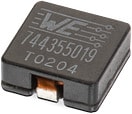 | 744355182 | SPEC | 8 files | WE-HCI SMT Flat Wire High Current Inductor | 0.82 | 44.5 | 15 | 35 | 0.9 | 72 | WE-PERM |
| Samples |
|---|
| Order Code | Datasheet | Simulation | Downloads | Product series | L (µH) | IRP,40K (A) | ISAT,10% (A) | ISAT,30% (A) | RDC (mΩ) | fres (MHz) | Material | Samples |
|---|
